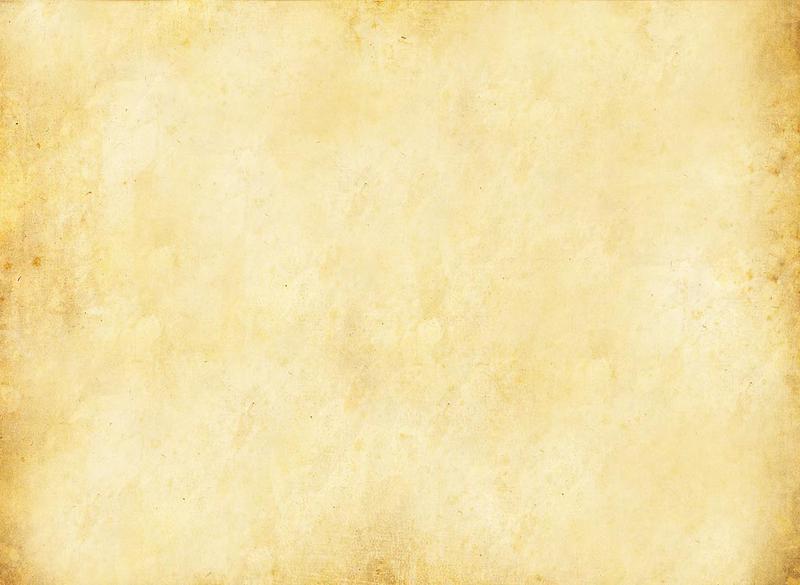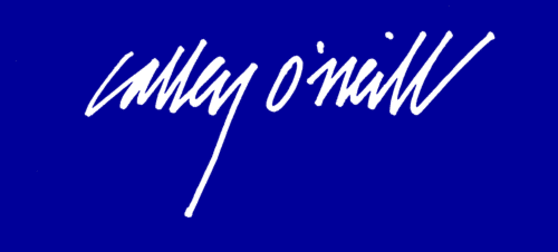Email: Calley@CalleyO'Neill.com
E Mau Na Waiwai O Hawaii
Kings' Shops at Waikoloa Beach
E Mau Na Waiwai O Hawai’i, 1991 (8’ X 10’) Politec on concrete The Kings’ Shops Living History, Waikoloa Beach Resort, Waikoloa, Hawai’i
E Mau Na Waiwai O Hawai’i means: May the Ancient Ways and the Timeless Wisdom of Old Hawai’i live on and on and on.
This mural gives a glimpse of coastal life in pre-contact Hawai’I at Anaeho’omalu Bay, circa 1400, based on the artist’s rather intensive research, archeological reports and stories from thirty Hawaiian history and cultural experts. It remains for another time to transcribe the 150 pages or so of notes on life in old Hawai’I resulting from these research consultations, ranging from Grandma La’au’s detailed description of drying opelu to Ski Kwiatkowski’s expert talk on stone, petroglyphs, the adze quarry, and everything in between.
The Hawaiians of old lived a good life - gone are those days in our necessary quest for making a living. These desires live on in many Hawaiian planters and fishermen, dancers and weavers, quilters and carvers. The days were spent fishing and growing sweet potatoes, preparing and drying fish, in delivering fish and sweet potatoes to the mauka (upland) community. This was a rich, natural life, a simple life, and a very healthy life in a paradise.
Waiwai (the Hawaiian word for wealth) was known to be what it truly is: water, and specifically fresh water. This is an essential truth we are just beginning to remember. We are only now awakening to understand and integrate the wisdom of the indigenous ones.
Anaeho’omalu was a Hawaiian oasis, with fishponds and a great variety of marine environments within a short distance, an easily available source of fresh water and easy to walk upon, smooth pahoehoe (ropy, billowy or smooth, shiny) lava. This was a rich ecosystem in equilibrium, maintained in balance by the ancient ones. Because there were 2 ponds (4.5 acres) this land was more than likely were permanently inhabited in pre-historic times. The people walked the inland coastal trail to the uplands of Waimea for kalo and poi. The great abundance of petroglyphs attests to the volume of foot traffic between Kohala and Kona. Most common among the petroglyphs were dots and circles, often-concentric circles around a center indicating how many in the family circumambulated the island. There were human, figures and abstract symbols. There were also drawings of turtles, chickens.
Fine homes were thatched from the leaves of niu (coconut) or leaves of the hala (pandanus). People also lived in the realatively cool, shady caves there in this hot, sunny climate.
The women who were kind enough to pose for this painting all have a direct connection with this area, and that is one of the main reasons that the artist chose them. The artist gives grateful appreciation to these models, who are, from left to right:
Marci Yardley
Monica Perry, Marci Yardley’s daughter
Kupuna Marie Solomon
Hawane Rios, singer/songwriter daughter of Kumu Hula, Pua Case of Halau Kealaonamaupua, Waimea
Grandma La’au, strongly connected to Opelu and Anaeho’omalu
Emeila Horie, especially strong connections to the area
Leah Hugo, daughter of Jeff and Julie Melrose
Art and Soul for the Earth
Big Island of Hawai'i





